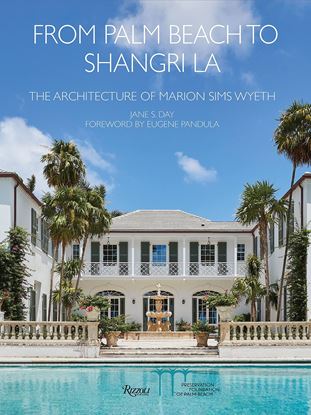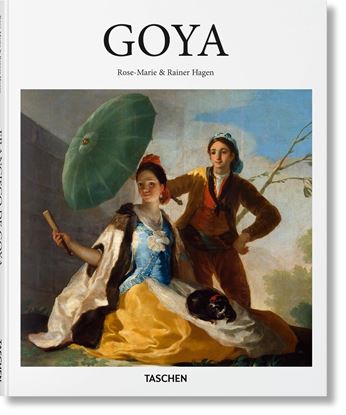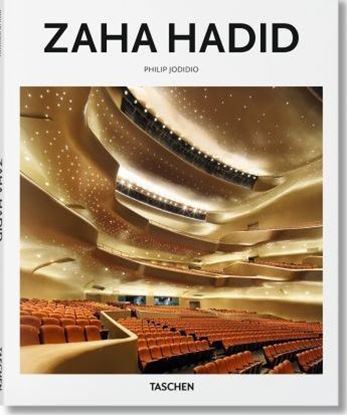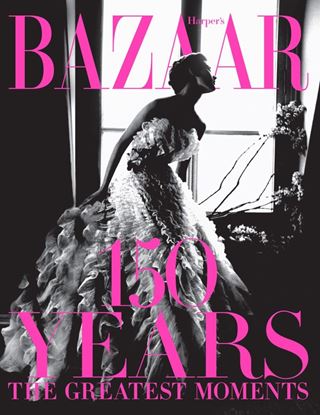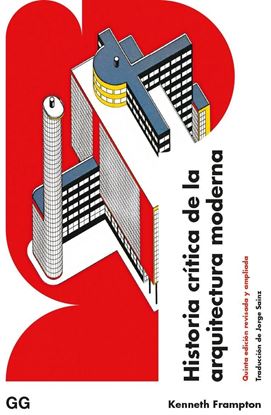

FROM PALM BEACH TO SHANGRI LA
Beauty and elegance mingle with extravagance in the Palm Beach style of architect Marion Sims Wyeth, a kind of home design that takes the standard fixtures of paradise palm trees, ebullient fountains, glistening pools and gardens, views of the sea and mixes them with a dash of the exotic a Moorish-style balcony or doorway, Venetian archways, fanciful courtyards in the Spanish style, and spiralling staircases in stone and iron. Featured here are the legendary abodes of Marjorie Merriweather Post and Doris Duke Mar-a-Lago and Shangri La, respectively as well as the less well known but equally spectacular Hogarcito and La Claridad, to name but a few. For those unfamiliar with these dream palaces, intimate homes of repose and reflection, for the enjoyment of life and the living of it, the book serves at once as a revelation and an inspiration.
1,500
G: FOREVER GREEN A CELEBRATION OF NATURE
An exuberant celebration of the color green—in nature, art, interiors, and design.
Green is like water: it is everywhere, and we can’t live without it. Green is the color of nature and the environment. Green is life. Interior designer and style guru Carlos Mota has such a passion for green that he has now devoted an entire book to it. G: Forever Green celebrates the color in all its manifold manifestations: in nature, food, fashion, jewelry, art, interiors, and architecture.
From the brilliant markings on a butterfly’s wings to the feathers of a tropical bird’s breast, from Magritte’s oversized apple to the brocade drapery in the background of a Holbein portrait, from a leafy arbor to a leafy wallpaper, from celadon to forest to emerald to acid to lime to Kelly, the variety is astounding. Illustrated with Mota’s own photographs, taken as he has traveled the world, as well as images by prominent photographers, G: Forever Green features rooms by notable designers, among them Kelly Wearstler, Alessandra Branca, Mark D. Sikes, Robert Couturier, Gert Voorjans, and Nicky Haslam.
This stunning volume, superbly produced with a green metallic edge stain, is a testament to the power of green to soothe, inspire, and excite.
5,500
GOYA (BASIC ART SERIES 2.0)
From court portraits for the Spanish royals to horrific scenes of conflict and suffering, Francisco José de Goya y Lucientes (1746–1828) made a mark as one of Spain’s most revered and controversial artists. A master of form and light, his influence reverberates down the centuries, inspiring and fascinating artists from the Romantic Eugène Delacroix to Britart enfants terribles, the Chapman brothers.Born in Fuendetodos, Spain, in 1746, Goya was apprenticed to the Spanish royal family in 1774, where he produced etchings and tapestry cartoons for grand palaces and royal residences across the country. He was also patronized by the aristocracy, painting commissioned portraits of the rich and powerful with his increasingly fluid and expressive style. Later, after a bout of illness, the artist moved towards darker etchings and drawings, introducing a nightmarish realm of witches, ghosts, and fantastical creatures.It was, however, with his horrific depictions of conflict that Goya achieved enduring impact. Executed between 1810 and 1820, The Disasters of War was inspired by atrocities committed during the Spanish struggle for independence from the French and penetrated the very heart of human cruelty and sadism. The bleak tones, agitated brushstrokes, and aggressive use of Baroque-like light and dark contrasts recalled Velázquez and Rembrandt, but Goya’s subject matter was unprecedented in its brutality and honesty.In this introductory book from TASCHEN Basic Art 2.0 we set out to explore the full arc of Goya’s remarkable career, from elegant court painter to deathly seer of suffering and grotesquerie. Along the way, we encounter such famed portraits as Don Manuel Osorio Manrique de Zúñiga, the dazzling Naked Maja, and The 3rd of May 1808 in Madrid, one of the most heart-stopping images of war in the history of art.
1,500
HADID (BA-ARCH) (GB)
Zaha Hadid was a revolutionary architect, who for many years built almost nothing, despite winning critical acclaim. Some even said her audacious, futuristic designs were unbuildable.
During the latter years of her life, Hadid’s daring visions became a reality, bringing a unique new architectural language to cities and structures as varied as the Rosenthal Center for Contemporary Art in Cincinnati, hailed by The New York Times as “the most important new building in America since the Cold War”; the MAXXI Museum in Rome; the Guangzhou Opera House in China; and the London 2012 Olympics Aquatics Centre.
At the time of her unexpected death in 2016, Hadid was firmly established among the elite of world architecture, recognized as the first woman to win both the Pritzker Prize for architecture and the RIBA Royal Gold Medal, but above all as a giver of new forms, the first great architect of the noughties.
From her early sharply angled buildings to later more fluid architecture that made floors, ceilings, walls, and furniture part of an overall design, this essential introduction presents key examples of Hadid’s pioneering practice. She was an artist, as much as an architect, who fought to break the old rules and crafted her own 21st-century universe.
1,350
HARPERS BAZAAR: 150 YEARS THE GREATEST
Harper’s Bazaar: 150 Years includes the most iconic pieces of work from the magazine’s archive: more than 150 photographs and covers and 50 text excerpts, including articles, poems, and works of fiction.
America’s first fashion magazine, Harper’s Bazaar has showcased the visions of legendary editors, photographers, and stylists and featured the works of noted writers since 1867. From its beginnings as a broadsheet aimed at the rising leisure class, the publication has since transformed into a magazine devoted to examining the lives of women through the lens of fashion. In celebration of the magazine’s 150th anniversary, Harper’s Bazaar: 150 Years captures the greats who have shaped the magazine over these decades.
Organized chronologically by former Harper’s Bazaar editor in chief Glenda Bailey and designed by Elizabeth Hummer, the selections in this book showcase the breadth of creativity and artistry that has been published in the pages of the magazine for more than a century and prove that Harper’s Bazaar is more than just a fashion magazine.
4,750
HISTORIA CRITICA DE LA ARQUITECTURA
Desde su primera edición en 1980, la Historia crítica de la arquitectura moderna de Kenneth Frampton se ha convertido en un clásico imprescindible dentro de la bibliografía académica sobre historia de la arquitectura moderna. En esta quinta edición ampliamente revisada y actualizada, el autor ha añadido una nueva y extensa sección que explora al detalle la evolución del Movimiento Moderno en la arquitectura en todo el mundo a finales del siglo xx y principios del xxi. En ella, se examinan las diversas formas en que los arquitectos no solo responden a los contextos geográficos, climáticos, materiales y culturales, sino que siguen también distintas líneas de enfoque en relación a la topografía, la morfología, la sostenibilidad y la forma cívica.
2,995

